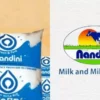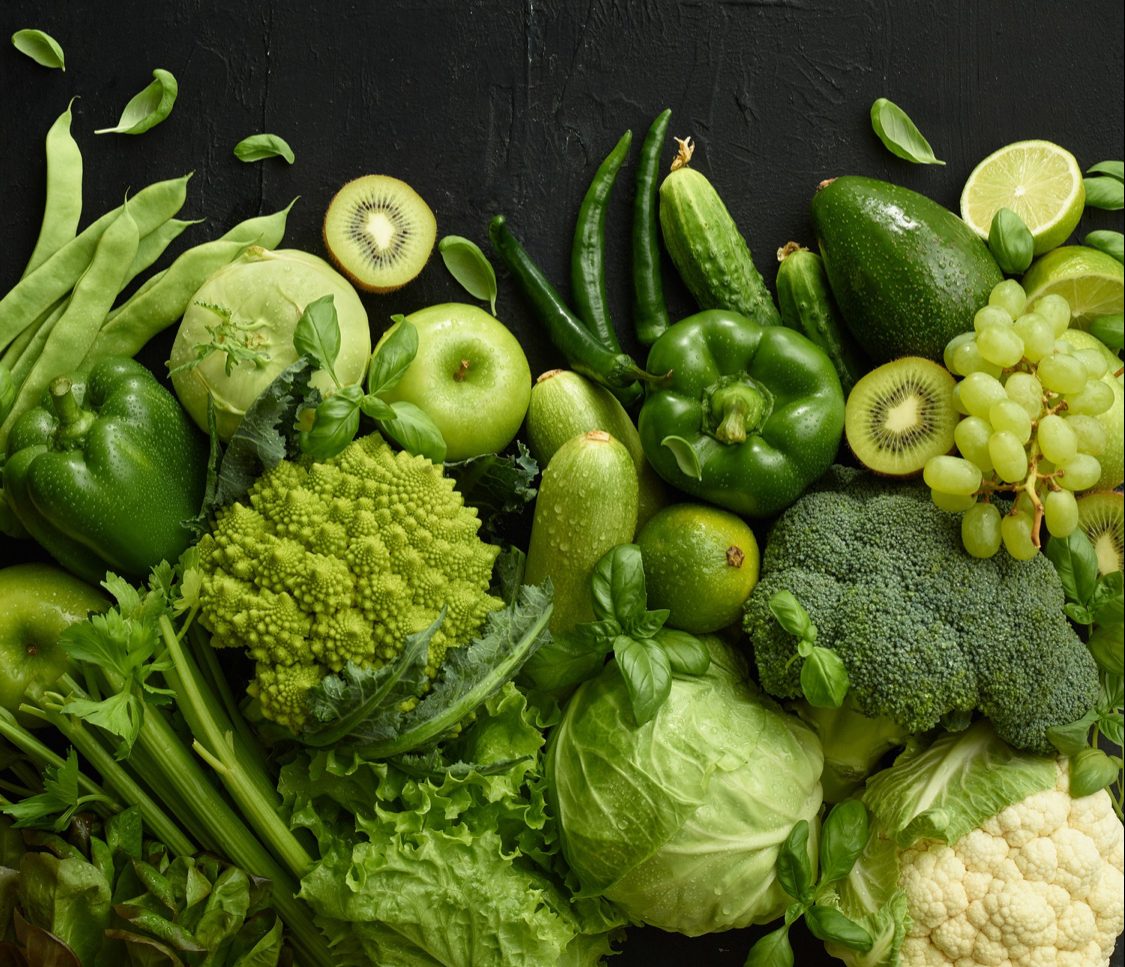We consume the compound INS 551 without even realising what it is. It is a commonly used component in commercial food. INS 551 or E 551 is simply the industry name for silicon dioxide. You might have made an association of silicon dioxide with sand in your head. Isn’t it dangerous? Why is sand even added to our food?


What is INS 551?
Silicon dioxide is the oxidised form of silicon. Yes, in nature it is found as quartz. It is also found as a constituent of sand in most parts of the world.
There are many forms of silica. What is found in our food is a different form than what is used in cement factories. INS 551/ E551 is fumed silica, hydrated silica (precipitated silica, silica gel, and hydrous silica) and is allowed for use in food production.
INS 551 is often added to items like chips, pastries, cakes, milk products, chewing toffees and even toothpaste. Besides the above listed items, INS 551 is also found in spices, salts, and frozen food items and functions as an anti-caking agent.
Anti-caking agents are mixed in the above foods to allow these products to flow and mix evenly with the other ingredients, making cooking easier.
Due to the easy availability and utility of INS / E 551, more and more industries are making use of it.
INS 551 and safety

Ingredient list of a chip packet
Silicon dioxide is found in food and water naturally. It is seen in green leafy vegetables, beetroot, bell peppers, and in some varieties of rice, among others. Recent researchers say it is relatively harmless when ingested and silicon dioxide does not pass through the gut into the body to be absorbed.
Concern about silicon dioxide stems from studies suggesting that consuming INS 551 may damage reproductive health, lead to cancer, organ damage, or death. These studies have, however, been debunked. Later studies, which have been more comprehensive, have shown there is no link between the claimed side-effects and E551.
Nano-Silica
The adoption of nanotechnology using engineered nanoparticles has improved the quality of food products. In a study that was conducted in South Africa, many food products commonly available on the market were found to have nanoparticles of crystalline silica, which are not food grade and not deemed safe for consumption.
Studies showed that inhalation of nanoparticles of silica led to the death of lung tissue.
Current Scenario
The EU has set stringent limits for the use of E551 in food products. The U.S. Food and Drug Administration (FDA) recognises silicon dioxide as a safe food additive. The European Food Safety Authority urged the European Union to impose stricter guidelines on silicon dioxide until further research could be done, especially with the entrance of nanotechnology.
All guidelines impose the limit of INS 551 at not more than 2 percent of a food’s total weight.
The Bottom Line
There is a need for research in food safety, especially when it comes to adding or altering the natural state of food. Manufacturing and processing foods on a large scale demands more regulation and accountability on the part of manufacturers. Clarity and transparency in labelling must be enforced by the regulatory authorities. As consumers, we need to know what we put in our bodies and we have the right to know what each jargon word in the ingredients list on the back of packages means.
 Food Manifest
Food Manifest 

















Leave a Comment
Your email address will not be published. Required fields are marked with *